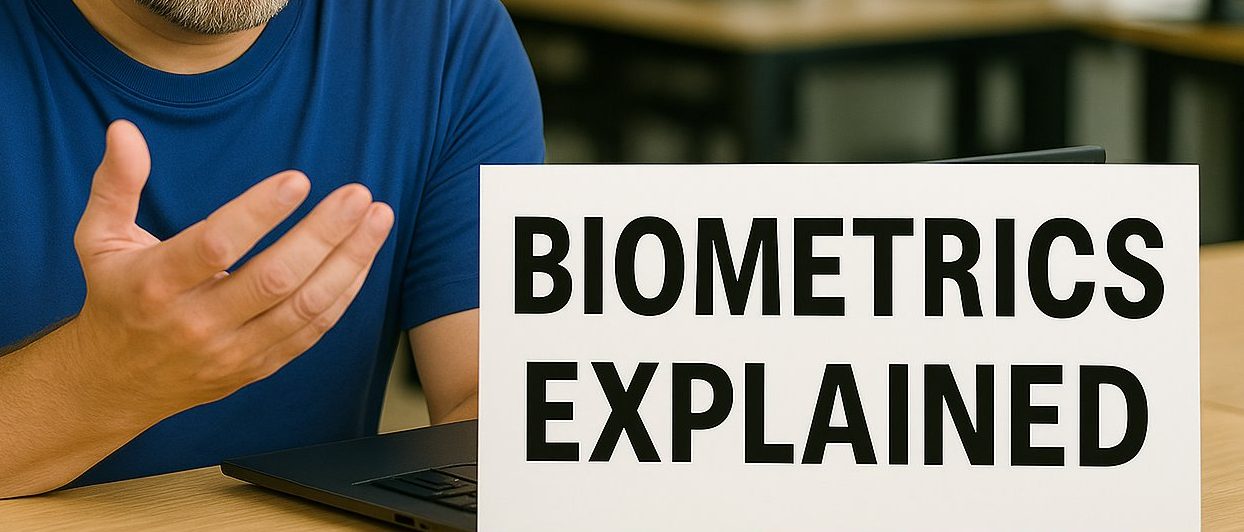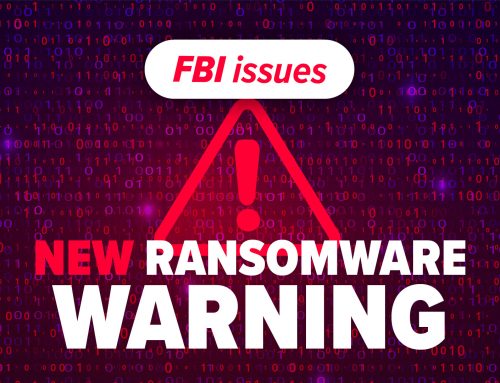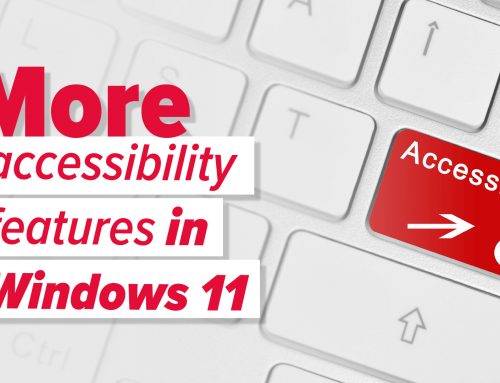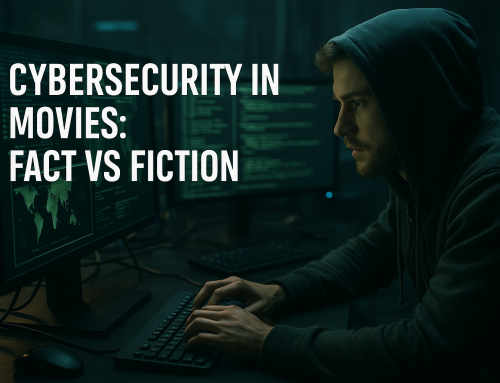Biometrics Explained: Safer, Smarter… or Riskier Than You Think?
Biometric authentication is everywhere. From unlocking your phone with your face to scanning your fingerprint at the airport, businesses and consumers are embracing it as a fast, convenient alternative to passwords. But the question remains: is it truly safer—or could it actually put us at greater risk?
At Slick Cyber Systems, we recently sat down to discuss this very issue, digging into the pros, cons, and hidden dangers of biometric technology. Here’s a breakdown of what we covered—plus some extra insights every SMB, professional, and everyday user should know.
What Counts as Biometrics?
When most people think of biometrics, they picture fingerprint scanners or face ID on their phones. But the field is much broader. Biometric identifiers include:
-
Fingerprints
-
Facial recognition
-
Voice recognition
-
Retina or iris scans
-
DNA and genetic markers (sometimes called “genetic ID”)
All of these are unique to you. Unlike a password, they can’t be changed or “reset” once compromised. That’s both their strength—and their greatest vulnerability.
The Promise of Biometric Security
Biometrics became popular because they address a fundamental weakness in traditional security: human behavior.
-
Passwords are often reused, weak, or easy to guess (think: your dog’s name or “123456”).
-
PINs can be written down or forgotten.
-
Security tokens can be lost or stolen.
Biometrics, by contrast, are always with you. You don’t have to remember them, and they’re far harder for a criminal to brute-force compared to an 8-character password.
In the right setup—especially when combined with multi-factor authentication (MFA)—biometrics do raise the security bar.
The Problem: Biometrics Can Be Faked
Here’s the uncomfortable truth: biometrics can be forged or stolen.
-
Fingerprints can be lifted from surfaces and replicated using simple materials like putty, gelatin, or even Play-Doh. With 3D printing, it’s easier than ever to create convincing copies.
-
Face recognition can be tricked with high-quality photos, masks, or deepfake-style AI tools. In some cases, just holding the phone up to a sleeping or unconscious user is enough.
-
Voice authentication is particularly fragile. With AI-generated speech, attackers can clone a voice from just a few seconds of recorded audio.
-
Retina scans are among the hardest to fake—but the specialized hardware is expensive and impractical for most businesses.
The key point? Biometrics aren’t unbreakable. In fact, criminals are already exploiting them.
Why Biometric Data Breaches Are So Dangerous
Passwords can be reset. Biometrics cannot.
Once your fingerprint, facial map, or voiceprint is stolen, it’s compromised forever. That makes breaches involving biometric data especially dangerous.
-
In 2019, Suprema, a biometric security firm, had a database exposed containing over 1 million fingerprints and facial recognition records.
-
The U.S. Office of Personnel Management (OPM) breach in 2015 exposed 5.6 million sets of fingerprints belonging to federal employees.
Unlike a leaked password, there’s no “change your fingerprint” option.
This is why security experts warn that biometric data should never be stored in the cloud without extremely strong encryption. Ideally, it should remain local to the device and be protected with AES-256-bit encryption or stronger.
The Ethical Concerns: Who Owns Your Identity?
Beyond hacking, there’s a deeper issue: ownership and privacy.
-
Companies like 23andMe have collected genetic data that was later sold or exposed, raising concerns about how “personal identifiers” are monetized.
-
Wearables and health trackers quietly collect biometric data (heart rate, sleep patterns, even blood oxygen). What happens when that data is sold, breached, or misused?
-
Governments and corporations increasingly view biometric data as a commodity. But unlike your email address, your biometric identity is you.
That raises serious ethical and legal questions. Should a company be allowed to own or sell your biometric identifiers? What happens if they go bankrupt or get hacked?
Best Practices for Using Biometrics Safely
So, does this mean you should avoid biometrics altogether? Not necessarily. Used wisely, they can be a powerful security layer. Here are some guidelines:
-
Always pair biometrics with MFA. Use a fingerprint + PIN, or face ID + passcode. Never rely on biometrics alone.
-
Store data locally, not in the cloud. Devices like iPhones use a secure enclave to store face/fingerprint data on the phone itself, not on Apple servers.
-
Demand strong encryption. If your business collects biometric data (e.g., for employee access), ensure it’s encrypted with AES-256 or higher.
-
Follow compliance laws. In healthcare, HIPAA requires strict rules for biometric data storage and deletion. Other industries face similar regulations.
-
Stay aware of emerging risks. AI deepfakes and voice cloning are moving fast. Businesses must adapt security policies accordingly.
Final Thoughts
Biometrics are not inherently good or bad. They are tools—powerful ones—that can either improve security or create new vulnerabilities depending on how they’re used.
For SMBs and professionals, the takeaway is clear: never trust biometrics alone. Pair them with MFA, enforce strong encryption, and stay vigilant about who has access to your employees’ or clients’ biometric data.
The promise of a password-free world is appealing. But without proper safeguards, it could come at the cost of your privacy, security, and identity.
Need help evaluating whether your company’s use of biometrics is safe and compliant?
Slick Cyber Systems specializes in helping businesses strengthen security, meet compliance requirements, and protect sensitive data.
📞 Call us at (570) 215-8888
🌐 Visit us at www.slickcybersystems.com




